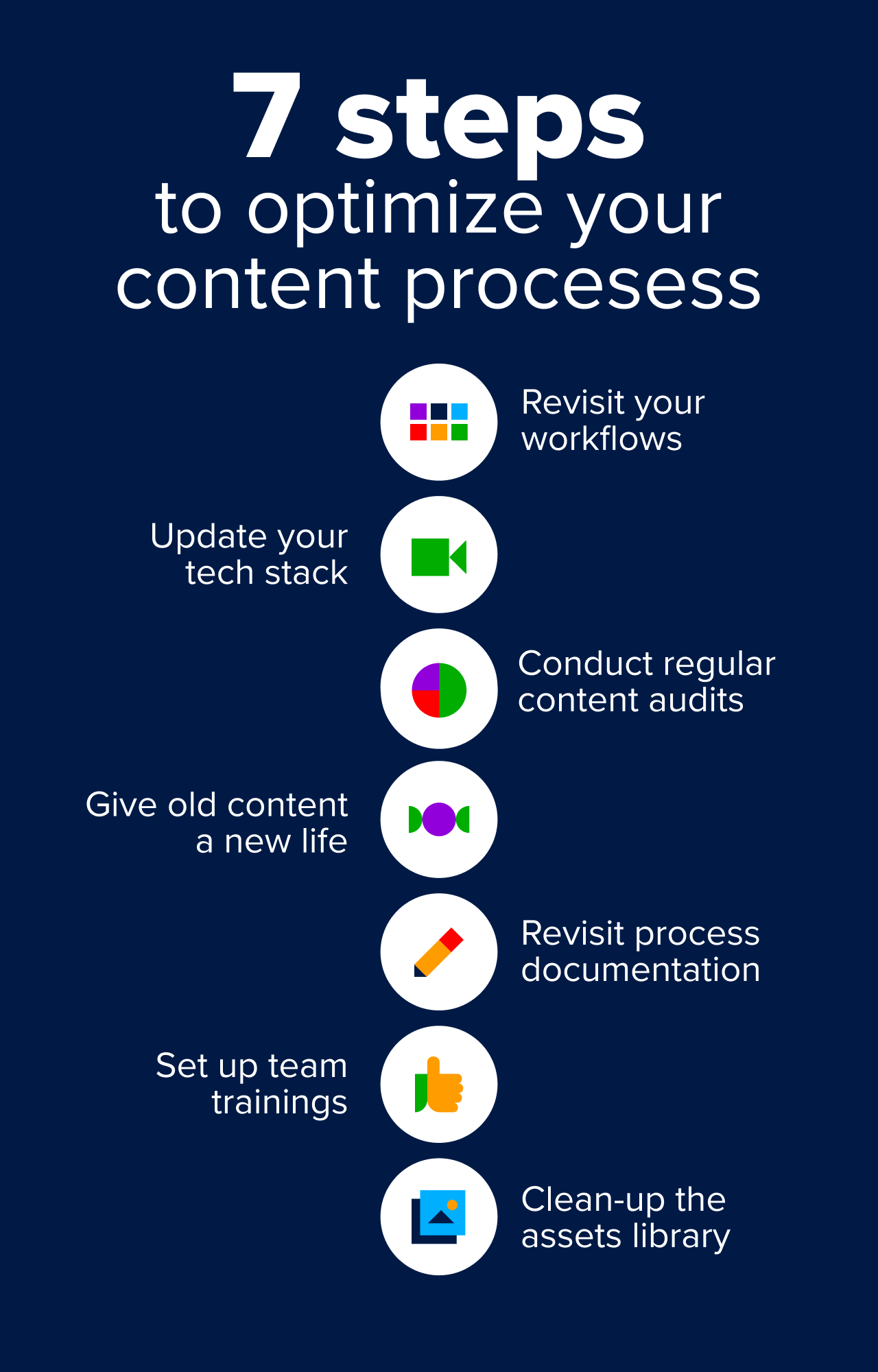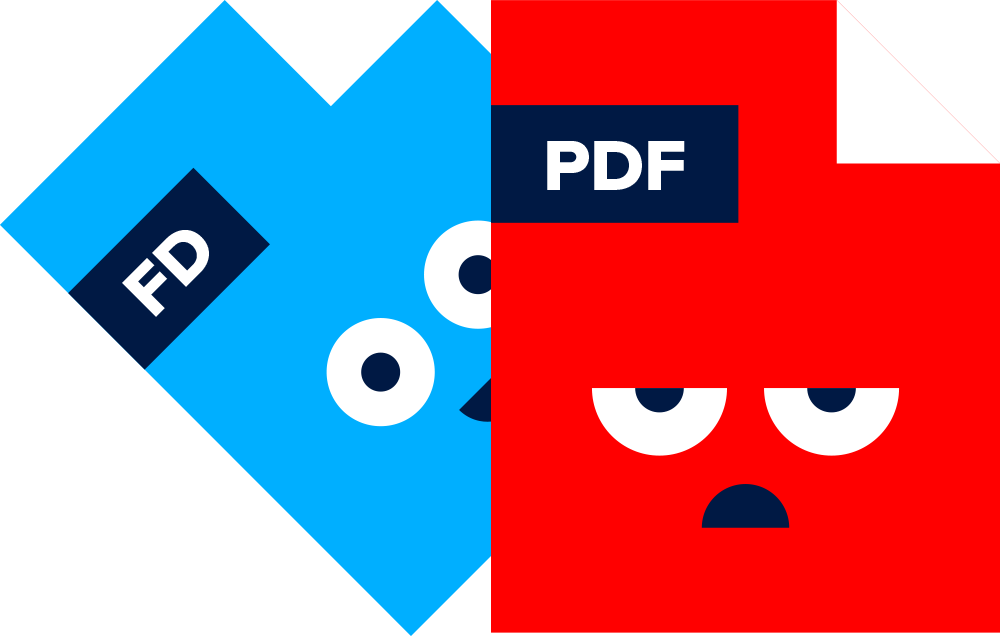Content. Content everywhere.
Publishing tons of blog articles, white papers, ebooks, and other publications quickly fills your shelves with content. Some of this content gets outdated, irrelevant, and even inaccurate as time passes. Therefore, staying on top of your game and content governance throughout the year is important.
Strong content processes help you with scaling production, but how you maintain these processes all year round is what keeps your shelves dust-free and in order.
We all need some TLC, and content processes are no exception. As Foleon’s Content Operations Specialist, I get to be the lucky guy to take care of this.
Here’s how I do it.
1. Optimize processes
As your company grows, practices change, and processes need optimization. Constant optimization. They need to be looked after, cared for, and have their oil changed.
Is there something that doesn’t work? Can we change it? Could something work better and more efficiently? How can we make it happen?
Especially when you build a new process or workflow, it’s easy to overcomplicate it initially. That’s normal (and smart) because it’s better to overdo the planning and then get rid of the inessential parts later than the other way around. Therefore, revisiting the processes and simplifying wherever possible is important. No one has time for unnecessary detours.
It’s good to ask for feedback regularly from the stakeholders using the processes. Why not send out a questionnaire?
Encourage regular observation and feedback across the board.
2. Re-evaluate platforms and tools
Are the tools and platforms you use the best possible or are there other alternatives that might do a better job? If the answer is no, or if you’re unsure, do some research, read forums and ask around in the content space.
If you’re happy with the tech stack, your company uses, keep an eye on product updates, new features, and automation — let the tool work for you as hard as possible. It was born to make you happy.
Remember to actively communicate to your team and colleagues whatever changes you end up carrying out.
3. Do a content audit
Dusting your imaginary shelves of content and doing an entire inventory of what you have online and in the backlog is not only smart but essential. A yearly audit helps you stay on top of all your content and make sure everything is still relevant and up to date.
If you take something offline, make sure to update and remove all now-broken links across your other content. Let’s not give error messages screen time, shall we?
4. Recycle and repurpose content
You can repurpose old content and decrease your content creators' workload by giving your pieces a little scrub and polish.
You can either edit, republish and repromote your piece or take snippets from different articles and create something new. Why not try publishing repurposed content on a new channel?
5. Revisit process documentation
Are all your guidelines and instructions still up to date? Process optimization is directly linked to updating documentation. For instance, one slight disconnect between a workflow and its instructions can really throw someone off.
It’s good to revisit your content operations documentation at least once a quarter and make sure everything is still in order, and there are no dead-ends.
6. Give additional training
Especially if your company has grown and processes have changed, it’s important to (re)educate your colleagues. And even if not, refresh their memory.
Why not throw together a workshop or a QA type of training?
7. Organize your asset library
Piles of media and assets can get messy very quickly. So, why not take a look around, remove any useless material, improve existing assets and see if the folders make sense and are still structured the best way possible.

Regularly checking in on your content processes to make sure they run seamlessly and still drive the intended purpose guarantees efficient content production in your company.
When you incorporate systematic review and revisit of the existing content into your processes, you have a killer package to keep your content governance on point — 365 days a year.
This article first appeared in Foleon’s weekly newsletter, The Crave. Head over and subscribe to get more articles like this hot off the press right to your inbox.



